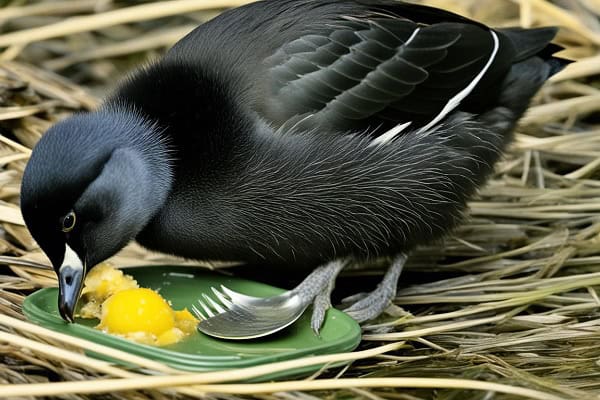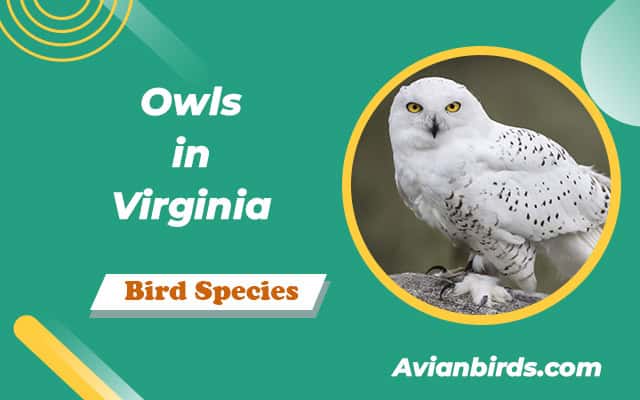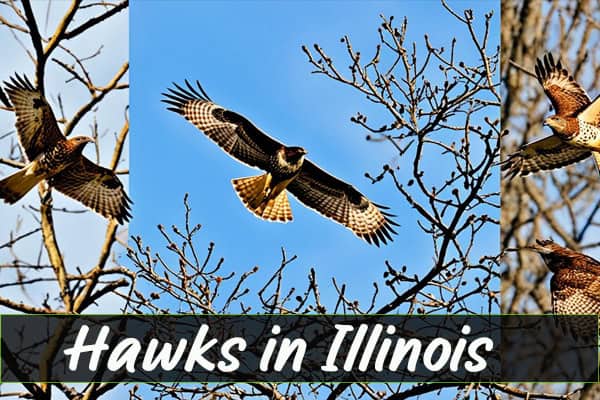What Do Coots Eat? Discover Their Unique Diet Habits
Have you ever thought about what American coots eat every day? These birds are not ducks but part of the rail family. Their eating habits show how they adapt and live in their environment.
Coots love to eat all kinds of things, making them opportunistic omnivores. Their diet is mainly made up of aquatic vegetation like algae and plants that live in water. Yet, they also enjoy a mix of insects, mollusks, small fish, and other water animals when they can find them. Knowing what coots eat helps us understand them better and the important job they do in wetland ecosystems.
Introduction to the Curious Coot
The American coot looks a lot like a duck but belongs to a different bird family. It’s actually part of the rail family. This family includes birds like chickens and cranes. What sets coots apart are their unique looks. They have a white bill, a frontal shield, and feet with lobes. These features help them live in water and on land easily.
Mistaken Identity: Coots Are Not Ducks
Though they look like ducks, American coots are quite different. They’re part of the Rallidae family. This family includes birds known as rails, gallinules, and coots. Unlike ducks, coots have special features. They have a shield on their head and feet adapted for both water and land.
Distribution and Habitat Preferences
American coots can be found in various places. They breed in North American marshes and wetlands. In winter, they travel to the southern U.S. and Central America. You can spot coots in ponds, marshes, and along lakes. They also like roadside ditches and saltwater areas. Places with lots of aquatic plants and small creatures suit them well.

Dietary Habits of the American Coot
The American coot is a unique water bird with a varied diet. It mainly eats plants found in the water. These plant foods include algae, duckweed, and other water plants.
Coots are experts at finding food in wetlands. This diet gives them the energy they need to live in their watery homes.
Aquatic Vegetation:
Coots love a mix of water plants, algae, and some creatures. They eat things like eelgrass, sedges, and lilies. These foods are full of the good stuff coots need, like vitamins and carbs.
Opportunistic Omnivores:
Coots don’t just eat plants; they also snack on small animals and bugs. Things like beetles, dragonflies, and even tadpoles are fair game. This mix of food helps coots live in different wetlands around the world. They find what’s available and make the most of it.
What Do Coots Eat?
The American coot loves a mix of foods, mainly feasting on aquatic plants and algae. Such what do coots eat diets consist of plants that grow below and above water, like pondweeds and duckweed. They also munch on insects, snails, and mussels. Sometimes, they go for small fish and other water animals. With such a varied menu, coots do well in different wetland spots.
Algae and Aquatic Plants
Their diet mostly comes from the water. Coots eat many types of plants that float on or live under the water. This includes things like pondweeds, duckweed, and plants such as eelgrass. With a special bill and feet, they get their coot plant food easily.
Insects and Mollusks
Coots add insects, snails, and mussels to their meals, along with plants. This coot invertebrate food offers important protein, especially during breeding. It gives them the energy they need at that time.
Small Fish and Other Aquatic Animals
Coots are mainly plant eaters but will also eat small water creatures when they can. This includes coot vertebrate food like fish, tadpoles, and small amphibians. Their varied diet helps them survive in many wetlands.
Feeding Strategies and Techniques
American coots are great at finding food, using many ways to eat. They go underwater to grab plants and bugs with their diving skills. This lets them eat lots of different things from water areas.
They are also good at eating food on land. Walking on the edges of water, their special feet make it easy to get from land to water. On land, they eat plants, bugs, and small things, showing they can eat a lot of different meals.
Coots often eat together in big groups. This teamwork helps them find food better and enjoy a wider selection of meals in their swampy homes.

Seasonal Variations in Coot Diets
American coots’ diets change a lot based on the season and if they are raising chicks. In the breeding season, they eat more protein. This includes insects, mollusks, and small fish. These foods give them the energy they need for their young.
But, in the winter months, their diet shifts. They start eating more aquatic plants, algae, and plant-based foods. This change lets them find the food they need as the seasons shift. They do well in different wetland areas this way. Their food choices match what’s available during the year.
Coot Chick Diets and Parental Care
Coot chicks need different foods than adult coots. When they are babies, they eat high-protein foods like insects, small fish, and mollusks. This helps them grow fast. The parents make sure the babies get these protein-packed foods.
As baby coots grow, they start eating more plant-based foods. This change in food is a key part of their growth. It shows how parents help their young ones eat the right things.
Coot parents are really focused on what their chicks need, changing their feeding as the young ones grow. This care is super important because coots deal with not having enough food and the threat of parasites in their nests.
| Statistic | Value |
|---|---|
| Eggs per Clutch | 8-12 |
| Chick Starvation Rate | Nearly 50% |
| Nest Parasitism Rate | 41% |
Despite these challenges, coots’ parents strive to overcome them. They focus on feeding their chicks well and giving them a lot of attention. This is how they make sure their species continues to thrive.
Check Our Previous Articles
| Owls in Georgia |
| Types of Woodpeckers in Washington |
| Types of Owls in Texas |
| Can Crows Talk Like Parrots and Humans? |
| Hummingbird Species in Florida |
Conclusion
The American coot is truly unique. It has a wide palette and smart ways of finding food. These birds love eating plants, bugs, and even small fish. Thanks to this varied diet, they can live in many different wetlands. They change what they eat depending on the season. This shows how flexible and important they are to their environment.
Lots of American coots were seen in fish ponds. The record was 180 in one season! They preferred some areas of the ponds over others. They liked places with floating plants and other waterfowl. This tells us they play a big part in the pond’s food chain.
If you enjoy nature, the American coot is worth looking into. Their food habits and hunting skills are quite interesting. They teach us a lot about the places they live in.






